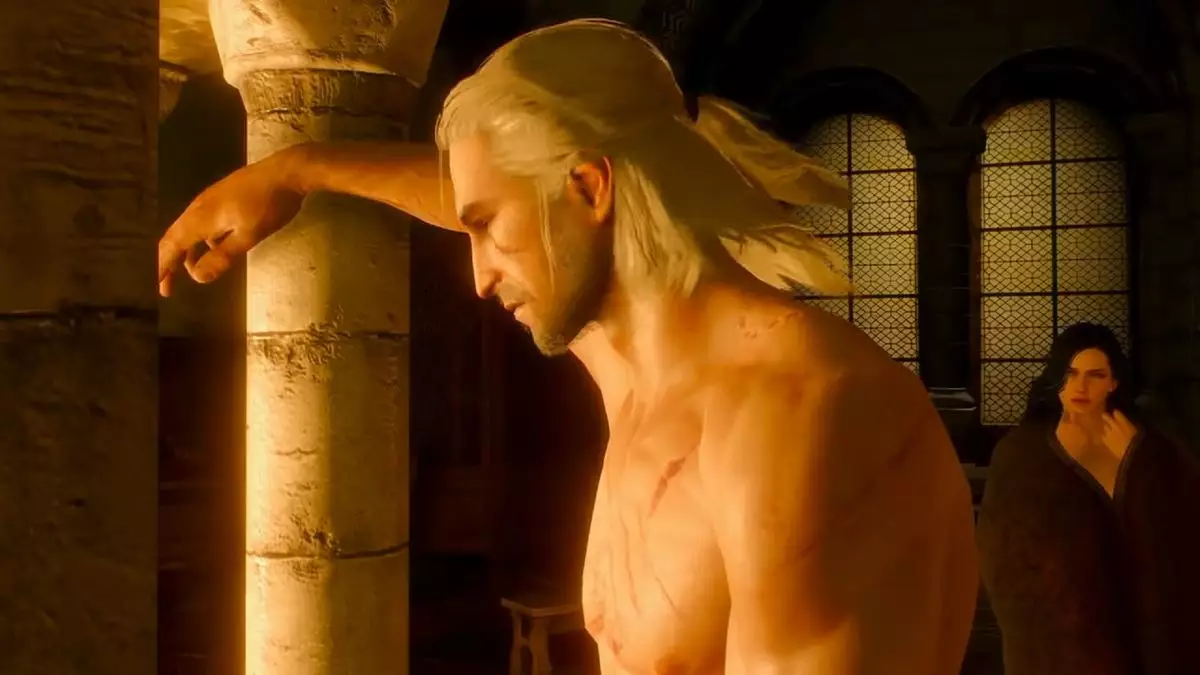The realm of video game development is steeped in risk-taking, a theme powerfully echoed by Mateusz Tomaszkiewicz, the former lead quest designer of the critically acclaimed RPG, The Witcher 3: Wild Hunt. Recently, Tomaszkiewicz embarked on a new adventure with Rebel Wolves, where he is working on an exciting project titled Blood of Dawnwalker. During a recent discussion, he reflected on the challenges and breakthroughs encountered while transitioning traditional storytelling into an open-world format.
Tomaszkiewicz articulated one of the primary concerns that CD Projekt Red faced during the development of The Witcher 3. The concern revolved around whether players would embrace and engage with a sprawling narrative set within a vast, open-world environment. This pivotal question hints at a fundamental tension in game design: how to strike the right balance between player agency and narrative depth. Developers must often navigate these waters with caution, weighing the potential for player immersion against the risks of diluting a complex story.
During the conversation, Tomaszkiewicz noted that early RPGs typically adopted a more linear approach, often relying on a straightforward narrative structure. Titles like The Witcher 2 utilized a corridor-style design that tightly guided players through their experiences, but he was determined to break free from that mold. This ambition to redefine storytelling within an open world led to significant experimentation, culminating in the expansive narrative of The Witcher 3.
The success of The Witcher 3, which has garnered accolades as one of the finest RPGs of all time, underscores the importance of taking calculated risks. By integrating novel storytelling techniques that challenged existing paradigms, the development team crafted an experience that resonated deeply with players. This balance of risk and creativity is essential for pushing the boundaries of game design and engaging an audience that increasingly craves complex narratives.
As he pivots to his new project, Blood of Dawnwalker, Tomaszkiewicz brings this wealth of experience while embracing new risks. One notable aspect of the game is its distinct “time as a resource” mechanic, which might alienate some players initially unfamiliar with such innovative concepts. Yet, Tomaszkiewicz’s experience suggests that this risk is not only necessary but also essential for the evolution of gaming as a medium. While he acknowledges the potential challenges, he remains optimistic that players will be drawn to the freshness and depth this mechanic can offer.
Ultimately, Tomaszkiewicz’s journey—from refining the narrative scope of The Witcher 3 to pioneering new gameplay mechanics in Blood of Dawnwalker—reflects a deeper understanding of what makes a game resonate with players. The willingness to embrace risks is a cornerstone of innovation, and through this lens, the future of RPGs promises to be as exciting as the journeys they offer. As more developers follow this path, the gaming landscape will continue to evolve, leading to richer, more complex, and wholly immersive storytelling experiences.

